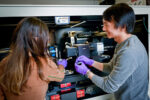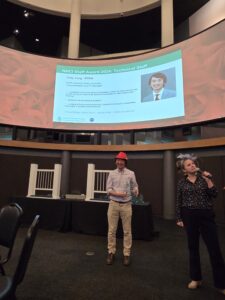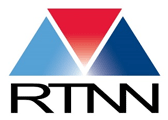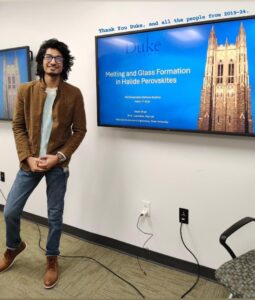
Our congratulations go out to Toby Tung for winning a national award from the National Nanotechnology Coordinated Infrastructure (NNCI) in the category of Technical Staff.
Toby, currently and IT and Instrumentation Manager at the Analytical Instrumentation Facility (AIF) at NC State, was nominated for the 2024 NNCI Outstanding Staff Member award by RTNN leadership. Toby’s dedication, exceptional technical expertise, and commitment to user support, education, and outreach exemplify the spirit of excellence and service within AIF, RTNN, and NNCI. His contributions, especially in user training and technical support, have been vital to AIF’s success.
Toby’s unique skill set enables him to minimize instrument downtime at AIF, where he efficiently maintains, operates, and trains users on nearly all instruments. His behind-the-scenes work ensures smooth transitions and minimal disruptions, even during complex decommissioning and instrument replacement projects. Toby’s technical skills also greatly enhance AIF’s outreach efforts. He regularly organizes and participates in STEM events for K-12 students, supports RTNN’s Research Experience for Undergraduates, and mentors students in materials science, inspiring many to pursue STEM careers.
Toby is highly deserving of this award; if you wish to read more about this efforts at AIF, please see their article here: Celebrating Excellence: Toby Tung Wins the Outstanding NNCI Staff Member Award!
You can also look at other 2024 NNCI Award Winners here: NNCI Outstanding Staff Awards 2024














